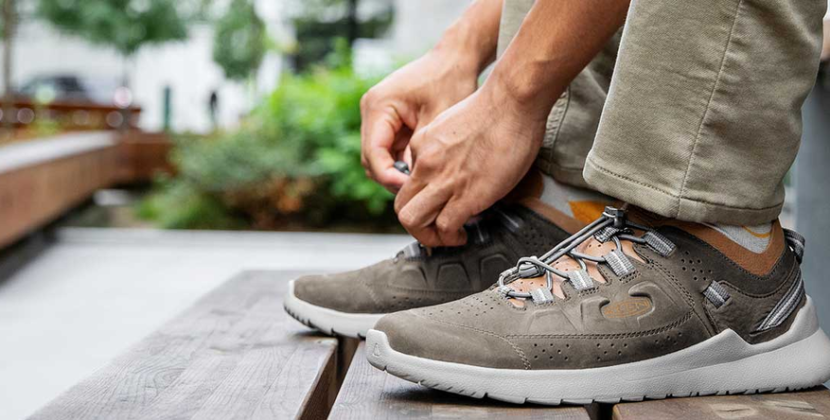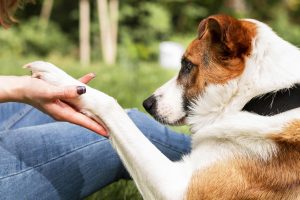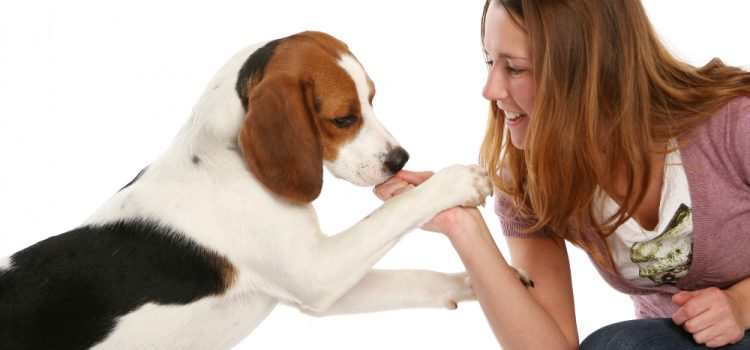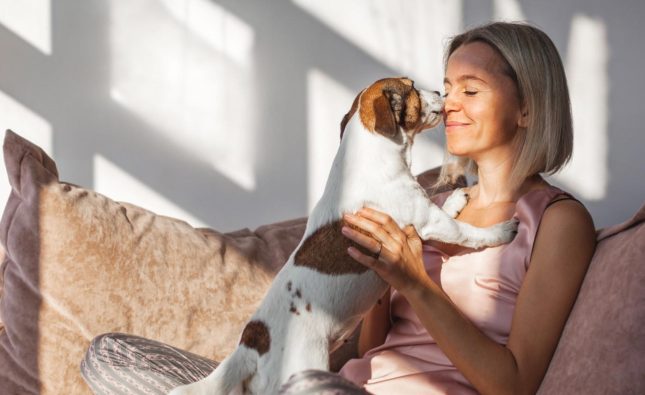
Introduction
In the realm of our loyal canine companions, few gestures are as universally cherished as a heartfelt lick. Have you ever wondered what your dog is trying to communicate through these slobbery expressions of love? Join us on a journey into the enchanting world of “Puppy Love,” where we unveil the mystery behind those affectionate licks that warm our hearts. Our guide on this canine adventure is a seasoned dog behaviorist with over a decade of experience in understanding the intricacies of the human-dog bond.
Instinctive Grooming and Pack Behavior
Dogs are descended from wolves, who use licking to groom pack members. In the wild, wolf pups are licked by their mother to clean them and stimulate circulation. As they grow, siblings lick each other to reinforce social bonds. Domesticated dogs retain this instinct:
- Puppy Licking: Newborn pups lick their mother and littermates to promote bonding and hygiene.
- Adult Grooming: Dogs lick each other to show acceptance and maintain social harmony.
- You as “Pack Member”: By licking you, your dog sees you as part of its pack and wants to care for you.
This grooming instinct is a powerful reminder of your dog’s social roots and their desire to be part of your family.
Communication and Social Bonding
Licking is a nonverbal way dogs communicate. When your dog licks your hand or face, they may be saying:
- Affection: “I love you.” Dogs often lick people they trust, much like a hug or cuddle.
- Submission: Licking can also be a sign of deference, showing they respect you as the “leader” of the pack.
- Greeting: A friendly lick is a canine “hello,” similar to how humans shake hands.
By interpreting these licks, you better understand your dog’s feelings and strengthen your mutual trust.
The Language of Licks
A Canine Code Let’s start by decoding the different types of dog licks. Each lick carries a distinct message, ranging from pure affection to subtle expressions of anxiety. Affectionate licks, often accompanied by tail wagging, signify joy and bonding. On the other hand, stress-related licks may manifest during moments of discomfort or anxiety.
Puppyhood to Adulthood
How Licking Evolves As our furry friends grow from playful puppies to wise adults, their licking behavior evolves. While puppies may shower you with exuberant licks as a form of communication and exploration, adult dogs may use licking more selectively, emphasizing its significance in their interactions.
Affection or Anxiety
Decoding Canine Emotions Understanding the emotional spectrum behind your dog’s licks is crucial. A happy, content dog expresses joy through affectionate licks. Conversely, recognizing signs of stress or anxiety in your dog’s licking behavior allows you to address their emotional needs more effectively.
Health Signals
What Your Dog’s Licking Patterns Reveal Beyond emotions, your dog’s licking habits can offer insights into their physical well-being. Regular, moderate licking is normal, but excessive licking may indicate underlying health issues such as allergies or gastrointestinal problems. Being attuned to these signals can prompt timely veterinary attention.
Creating a Stronger Bond
Reciprocal Affection Building a stronger bond with your dog involves more than decoding their licks; it requires active participation. Engage in reciprocal affection by responding positively to your dog’s licks, reinforcing the bond between you and your furry friend. Quality time, play, and positive reinforcement contribute to a harmonious relationship.
Licking Dos and Don’ts
Nurturing Healthy Behavior Establishing boundaries around licking is essential for both pet and owner. While affectionate licks are heartwarming, excessive licking or unwanted behaviors should be gently corrected. Providing alternative outlets for their energy and attention ensures a healthy balance in your dog’s behavior.

Case Studies
Heartwarming Stories of Canine Companionship Real life anecdotes highlight the profound impact of understanding your dog’s language of love. From dogs offering comfort during challenging times to those showcasing unwavering loyalty, these stories exemplify the depth of the human-canine connection.
Embracing the Licks You Love
Some licking is heartwarming and harmless:
- Greetings and Goodbyes: Let your dog show excitement and love.
- Gentle Face Licks: Take these as compliments—they see you as family.
- Occasional Paw Licks: Normal grooming behaviors that mimic instincts.
Set clear rules—for instance, no licking your face at the dinner table—but allow moments of shared affection.
Strengthening Your Bond Through Understanding
Licking is just one way dogs communicate their needs and emotions. By learning the reasons behind dog affectionate licks, you can:
- Respond Appropriately: Offer comfort, set limits, or seek medical care.
- Enhance Training: Use your dog’s natural behaviors to teach calmness and impulse control.
- Deepen Connection: Mutual understanding fosters trust, respect, and love.
Observing your dog closely—watching when and where they lick—turns everyday moments into insights about their well-being.
Visual Table for Key Points:
| Types of Licks | Emotional Signals | Health Indicators |
|---|---|---|
| Affectionate licks | Joy, bonding | Dental health |
| Stress-related licks | Anxiety, discomfort | Allergies |
| Excessive licking | Health concerns | Gastrointestinal issues |
Comparative Table: Affectionate Licks vs. Anxiety Licks:
| Aspects | Affectionate Licks | Anxiety-Driven Licks |
|---|---|---|
| Frequency | Moderate to high | Excessive |
| Body language | Relaxed, tail wagging | Tense, ears back |
| Context | After positive events | During stressful situations |
Conclusion
In the enchanting realm of “Puppy Love,” understanding the language of licks is key to deepening the connection with our four-legged companions. By deciphering the nuances behind their affectionate gestures, we not only strengthen the bond but also ensure the well-being and happiness of our beloved pets. Embrace the joy, decode the messages, and embark on a journey of unconditional love with your furry friend.










